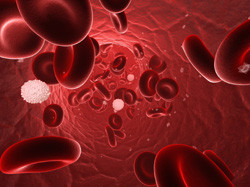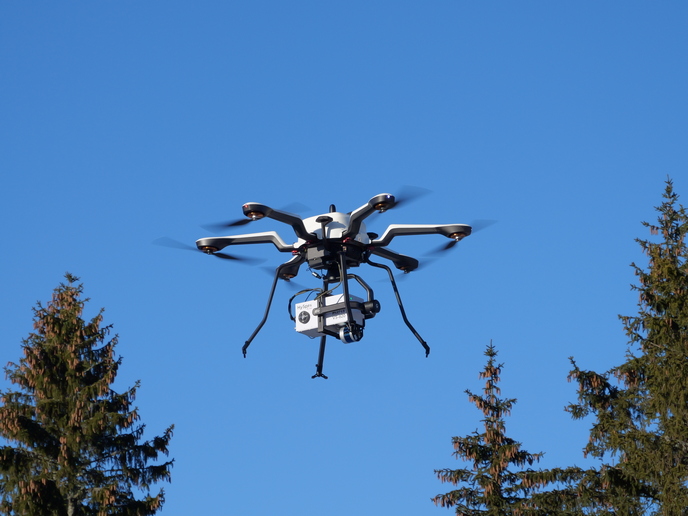Electrochemical analyte detection in whole blood
Electrochemiluminescence (ECL) is the emission of light as the result of an electrochemical reaction, typically occurring at an electrode. The decay of an excited state from a reaction as it falls back to its stable state is accompanied by emission of light. For use in rapid diagnosis in the clinic or at point-of-care (POC), the sensitivity of detection in whole blood must be significantly increased. Scientists initiated the EU-funded project ECL NANO-MATERIALS (Development of nano-spheres and quantum dots for electrochemiluminescent (ECL) biomedical diagnostic sensor technologies) to create ECL sensors with very low limits of detection from single molecules within polyelectrolyte films. Quantum dots (QDs), nanocrystals made of semiconducting materials that exhibit fluorescence, were among the molecules studied. Researchers synthesised QDs and capped them with dimethylaminoethanethiol (DAET). The DAET ligand acts as a surfactant, making the QDs water soluble and preventing them from clustering. The DAET-capped QDs were then incorporated into the polymer Nafion. Typically, ligand exchange (substitution) reactions such as that required to attach DAET to the QD decreases the fluorescence quantum yield, a measure of emission. In fact, the quantum yield for DAET-QD emission was less than 5 %. However, when the Nafion/DAET-QD composite films were deposited on glassy carbon electrodes and hydrogen peroxide was used as a co-reactant, the quantum yield was actually greater than that for films of bare QDs. Subsequent experiments investigated ECL quenching (of emission) by binding with biologically relevant molecules such as glutathione, cholesterol, dopamine and homocysteine. These confirmed the excellent potential of Nafion/DAET-QD composite films as bioanalytical sensors. The ultimate goal of the research was detecting analytes in whole blood using QDs incorporated into ECL biosensors. Work led to demonstration of ECL biosensors for homocysteine and dopamine with reliable detection capability in the millimolar and picomolar ranges, respectively. Significantly, these are the first ECL biosensors capable of sensitive detection of biomolecules directly from whole blood without the need for extraction of the analytes first. All work is in preparation for submission to peer-reviewed journals and one manuscript has already been published. The technology could have fundamental impact on POC diagnostics and improved patient health, which is good for EU citizens and good for the EU's health care system.







